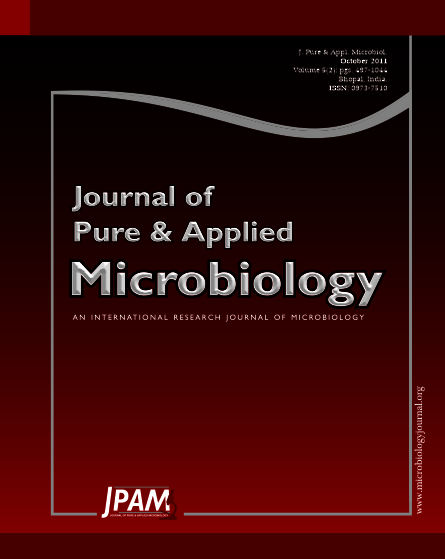Sbaiyine and Sehrij are two Medersas among the many historic buildings of the old medina of Fez. The wood in these foundations suffer from the advanced state of deterioration by microorganisms. This present work investigated the presence of fungi and bacteria in this cedar wood. Twenty fungal and eleven bacterial species were isolated and screened for their ability to produce cellulase and ligninase enzymes, responsible for wood degradation. Among the fungi, twelve species showed cellulase production, whereas only three species are ligninase positive. All the bacterial isolates produce cellulase. The fungi belong to species, Aspergillus niger, Penicillium italicum, Penicillium griseoroseum and Lewia infectoria, on the other hand, the bacteria belong to three species, Bacillus sp, Bacillus subtilis, Pseudomonas trivialis. In general, A.niger was found to be a high extracellular cellulase producer with 0.235U/ml when it was grown on CMC as the only sources of carbon. Additionally, Penicillium italicum, Penicillium griseoroseum and Pseudomonas trivialis are the novel species that degrade the wood. Artificial inoculation of cedar wood with the seven species of microorganisms was used to confirm the origin of the rot in Sehrij and Sbaiyine Medersas. The results showed respectively significant white and brown rot in vitro by the two species of Penicillium, L.infecoria and A.niger. However any rot was observed of the bacterial species.
Fungi, Bacteria, Cedar wood, Cellulase and ligninase
© The Author(s) 2011. Open Access. This article is distributed under the terms of the Creative Commons Attribution 4.0 International License which permits unrestricted use, sharing, distribution, and reproduction in any medium, provided you give appropriate credit to the original author(s) and the source, provide a link to the Creative Commons license, and indicate if changes were made.


